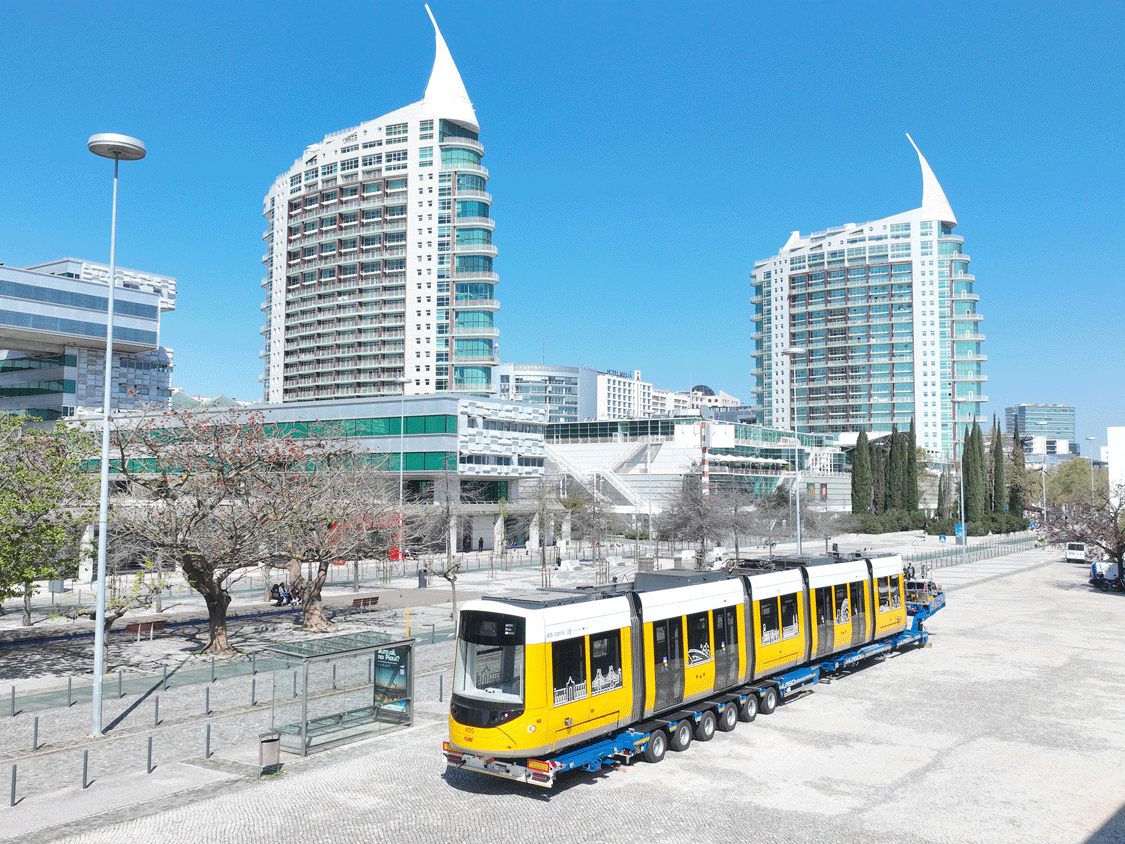This analysis comes from the real estate consultancy Athena Advisers, which sees the planned 16E tram line, set to link Praça do Comércio to Parque Tejo by 2028, not just as a major improvement in mobility along Lisbon’s riverside, but more importantly, as a driving force for the regeneration and increased value of a neighborhood that is steadily emerging as a creative and innovative hub in the capital, drawing in new real estate investments.
"From the extension of the tram line, which will bring Marvila closer to the city center and the northern zone of Lisbon, to the ambitious riverside projects under development and in the pipeline, which will bring not only more housing, but also new parks, schools and infrastructure, we are talking about a complete reimagining of the neighborhood, led by public and private entities, which will transform the urban fabric," says David Moura-George, general director of Athena Advisers Portugal.
The new tram line 16E—which, according to Carris, involves a projected investment of €160 million and is estimated to carry up to 8.1 million passengers per year, 18% of whom are expected to be new public transport users—will have 18 stops along its route, four of which are in the Marvila area: Marvila, Poço do Bispo, Braço de Prata, and Matinha. This improvement in mobility and connectivity promises to accelerate the transformation of this area of the city and its future real estate potential.
"This investment, along with others planned by the public and private sectors, reflects a growing confidence in Lisbon as a capital that not only preserves its past, but actively invests in its future," adds Moura-George. "We expect continued interest from national and international investors, many of whom are now buying with a 10- to 15-year horizon, as they see several factors coming together here: scale, infrastructure, long-term urban planning, and an attractive quality-price ratio compared to other, more established areas of the city."
In Marvila, the average price per square meter of properties for sale reached €7,189 in the first quarter of 2025, according to Confidencial Imobiliário, which is an 8% increase compared to the same period the previous year—reflecting growing demand, but still below prices in neighbouring areas.
"This is an opportunity for investors and residents to position themselves in a growing neighbourhood," notes the general director of Athena Advisers. "Across Europe, new urban transport infrastructure acts as a catalyst for real estate appreciation, and Lisbon is no exception. On average, properties located less than 500 meters from a new metro or tram stop experience an appreciation of around 10% after construction is completed. Therefore, we anticipate continued upward pressure on prices as these investments materialize."
Regeneration and Identity Create Marvila's Potential
Marvila has been standing out for its combination of industrial charm, a thriving creative community, and new real estate projects that, together, breathe new life into the neighborhood. The Beato Creative Hub, art galleries, craft breweries, concept stores, and new dining and leisure options housed in former warehouses have made the neighborhood a meeting point for artists, entrepreneurs, creative professionals, Lisbon residents, and tourists.
This dynamism has attracted buyers and investors who seek Marvila not only as a destination to live in, but also as a solid, long-term investment opportunity. The neighborhood continues to attract new real estate projects, "a clear sign that its potential is far from exhausted. This pipeline of new developments, combined with urban regeneration efforts, suggests that the supply of properties will grow, but so will demand, with market values likely to continue rising," emphasizes Moura-George.
"The combination of accessibility, cultural dynamism, and real estate and infrastructure development creates a unique opportunity for those looking to invest in this emerging area of Lisbon. But while all these factors are essential to driving demand, true revitalization comes when the neighborhood creates and maintains its own identity," argues David Moura George.















